PHOTOS: Preserving the history of Sydney’s classic open skiff
Published on January 28th, 2014
PHOTOS: Preserving the history of Sydney’s classic open skiff
Published on January 28th, 2014The Historic 18 Footers are replicas of famous 18’s from the period between 1900 and 1950. They are constructed and sailed by members of the Australian Historical Sailing Skiff Association which was formed in 1991 by a group of ex-skiffies with the aim to preserve the history of Sydney’s classic open skiffs. Historic 18 footers are crewed by a team of up to ten sailors and have have various rig configurations and sizes depending on the sailing conditions on the day. Photos from the 2014 Historical 18ft Skiff Australian Championship by by Andrea Francolini.
Click on image to enlarge. See event report below.
Woody’s ‘Winning’ formula in Historical 18 Foot Skiff Championship
John ‘Woody’ Winning and his crew of six on Aberdare have taken out the 2014 Historical 18ft Skiff Australian Championship (Jan. 24-27) after a tight tussle with 2012 champion Bob ‘Killo’ Killick and his Yendys crew throughout the three-race series.
Winning and his crew won the ‘Galloping Ghost’ trophy, named for the original Aberdare, a champion 18 foot skiff in its time. However, this is the first time its replica has won the Championship, although Winning has won in the past on a different boat.
Aberdare won the first race of the Sydney Harbour event convincingly from Yendys and defending champion, Australia IV (Rob Brown), in a fresh 18-20 knot nor’ easter. Yendys repaid the favour in Race 2, with The Mistake (Jeremy Sharp) coming home third in a heavy 25-28 knot southerly which was not for the faint-hearted.
In fact, conditions in both Races 1 and 2 caused capsizes, leaving the crews of these heavy old boats swimming in the Harbour until the rescue boat could re-float them.
The final race came down to the wire, as Aberdare and Yendys swapped the lead several times on a perfect summer day in a pleasant 15 knot breeze. Despite breaking the bobstay mid-race, Winning found the formula to combat multiple attacks from Killick to beat him over the line by a mere second.
“We couldn’t fly a kite after that,” said Winning of the broken bobstay, who the previous day had sailed his modern-day 18 footer as he gets in shape for the JJ Giltinan Championship in March. “I don’t know if it does my sailing any good, sailing both classes,” he said.
With the *authenticity handicap applied, Winning and his crew of Bob Chapman, Bruce Swaine, Gaetano Russo, Ian Graves, Steve Kavanagh and Grant Rollerson (who Winning races against in the modern 18 footers) won by 27 seconds, with The Mistake third.
Overall, Aberdare won the Championship from Yendys with Britannia (Ian Smith) third. The Mistake’s capsize on her way to the start line of the opening race cost her a podium place.
Back at the Sydney Flying Squadron, Winning said “sailing the historicals isn’t the same pressure as sailing the modern boats.”
However, the Watsons Bay sailor conceded: “A lot of people look at us and think ‘silly old farts’, but a lot of sailors couldn’t sail these old boats – it’s hard. They wouldn’t even be able to rig them,” he said. “The fact is, It’d be easier going to windward in a square rigger.”
“We had to nurse the boat after we broke the bobstay. We were bow to bow at Chowder Bay and they (Yendys) set a kite first and then we ran to the finish together,” said Aberdare crew Ian Graves, a 69 year-old marathon champion who still runs every day.
A three-time open state champion, Graves missed a world championship record time by seven seconds at Homebush after downing a beer after sailing during the Historical 18’s Championship before heading off to for his run.
The Raw Meat trophy named for noted sailor George Pearce, and decided on handicap, went to Yendys from Aberdare and Alruth (Robin Tickner).
“It was a great event again – just look at the weather and the people who came to sail (quite a few big names from the modern 18s from the 70’s, 80’s and 90’s), Yendys skipper, Bob Killick commented.
“It was so close between us and Aberdare for the main event – it couldn’t have got any closer – and you can’t beat that,” said Killick, who was happy to cart off the handicap win.
Usually sailed by a mix of top sailors and those people just wanting to ‘have a go’, Winning said the Championship brings some big names out of the woodwork each year. This year Rob Brown steered Australia IV and Irishman Harold Cudmore who calls the Isle of Wight home these days, returned to sail again.
Cudmore was at the helm of Myra Too, the latest addition to the fleet. It was built and originally helmed by Billy Barnett, who at 97 was at the boat’s launch in May last year. Cudmore, one of Europe’s most versatile and capped yachtsmen, could only manage ninth place in the Championship.
“I really didn’t get any pace out of her – even in the good breeze we were given – we still have a long way to go,” Cudmore said of the experience, acknowledging: “My professional days are done.”
Having spent a few years sailing the historical skiffs’, these days, Cudmore said, “It’s more fun stuff; 15 Metres in the Med, super yachts in the Caribbean and Rhode Island, adding: “It’s good to be back in Sydney sailing the historical 18s again.”
Keen skiff sailor Pakhtun Shah made the trip out from San Francisco, bringing two crew with him; Trevor Hosking and Cody Reed. The remaining crew were Australians. With his brother Naim, Shah has built two 18 footers during the 70’s and 80’s and has raced the JJ Giltinan in Australia four or five times.
Shah and his brother have developed a deep interest in the historical 18s and hope to either build their own or buy one here in Australia. “It’s a tremendous honour and privilege to be here skippering Australia – the support you get from the guys here is wonderful,” he said.
“We want to contribute to and support this great class – it’s the oldest in the world. The skill involved in building and sailing these skiffs is phenomenal.”
Asked what he has loved best about the Championship, Shah said: “My first sight of these boats was in black and white photos – the boats, the crews, the uniforms they wear – the Harbour. And now I’ve finally seen it all in colour – it’s amazing.
“The weight and the power of these boats – the modern boats don’t have that. I hope I’m invited back,” he finished.
Held each year over the Australia Day long weekend from the Sydney Flying Squadron at Kirribilli, where the skiffs sail from each summer on Saturdays, the Championship was contested by a growing fleet of 11.
A spectator ferry leaves the Club each Saturday afternoon to view race, and all are welcome. The Club also boasts a popular restaurant with indoor and outdoor dining. Diners often stay on to have a relaxing drink with the sailors after racing.
Click here for results.
For further information on the historical 18s, how you can sail one, and information on the Sydney Flying Squadron, go to: http://www.sydneyflyingsquadron.com.au/
By Di Pearson, Historical 18s
*The current fleet of replica 18ft skiffs, known as Historical 18ft skiffs, is made up of boats that represent variations in the design and technology of the various eras of 18ft skiff racing spanning the period from 1906 to 1950.
There is a wide variation in the application of the term “replica” to these boats, and for all sorts of reasons (cost, sourcing of materials, practicality, etc) there is a variety of equipment, rigs and construction methods that have been used to create these boats in order for them to fulfill their desired destiny of just getting on the water to provide the unique form of racing and enjoyment as their predecessors once did.
Consideration has been given to developing a rating system that would address the following:
1. Accommodate combined racing of boats from different eras whilst rewarding those replicas skiffs that are more authentic.
2. Encourage existing boats to consider authenticity when upgrading gear.
3. Encourage prospective owners and builders to build authentic replicas from any era, in the knowledge they can still be competitive in the combined fleet racing.
Each boat is allocated a Time Correction Factor (TCF) that is applied to its actual race time to produce a boat’s corrected race time. Overall placings for a race are then based on corrected race time.
The calculation of the TCF for each boat is based on an assessment of the respective authenticity items of the boat, with time adjustments applied to each item. Authentic items are encouraged and receive the allocated time adjustment whilst non-authentic items are penalized and receive a reduced or negligible time adjustment.
The sum of the time adjustments for all items will produce a total time adjustment, which is then used in the calculation (based on a nominal 2 hour race time) to derive the TCF.
ie TCF = (120 – total time adj.) / 120.0. The TCF becomes a boat’s Authenticity Rating
The Authenticity Ratings System is still a work in progress – the more regattas that are done when the skiffs are sailed to their best, the better we can analyse how it is working and what changes need to be addressed.


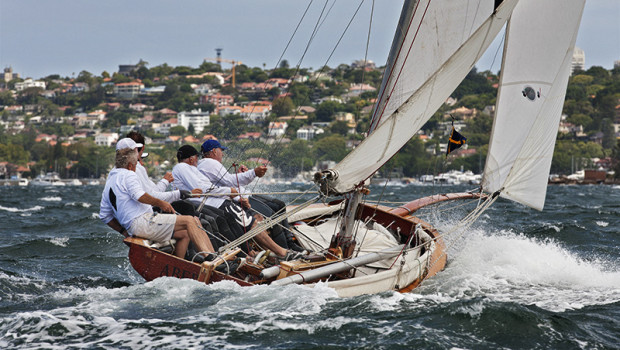





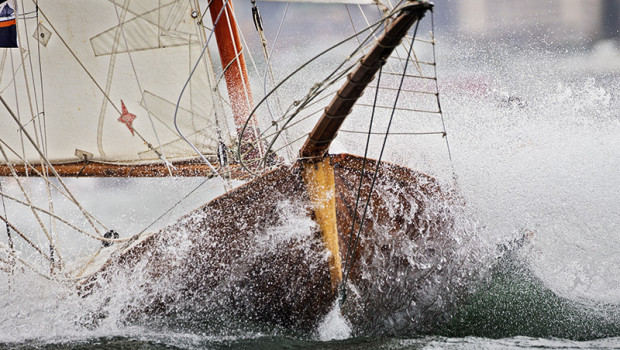
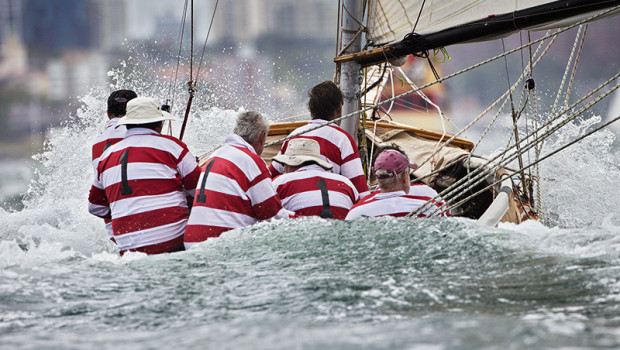
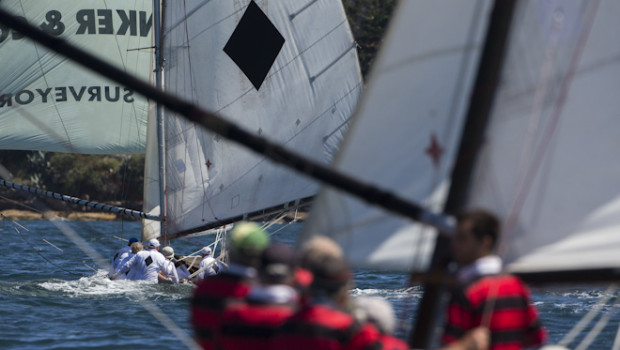
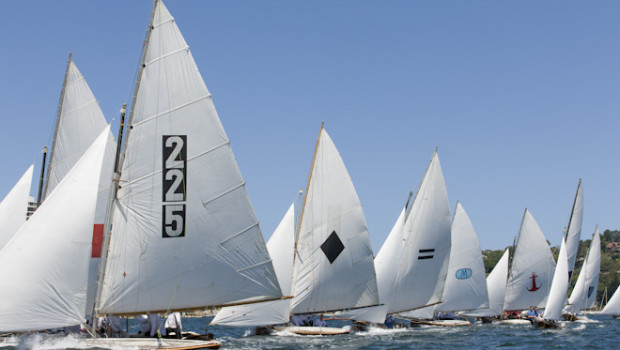



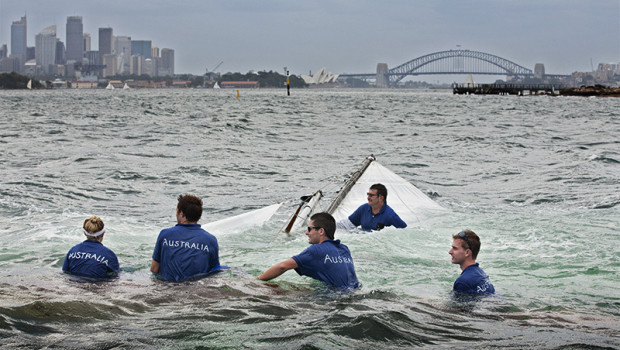

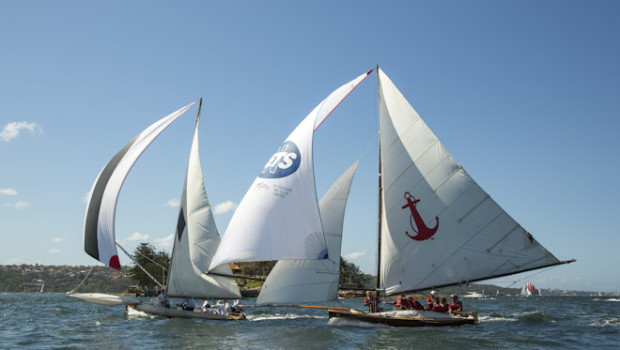
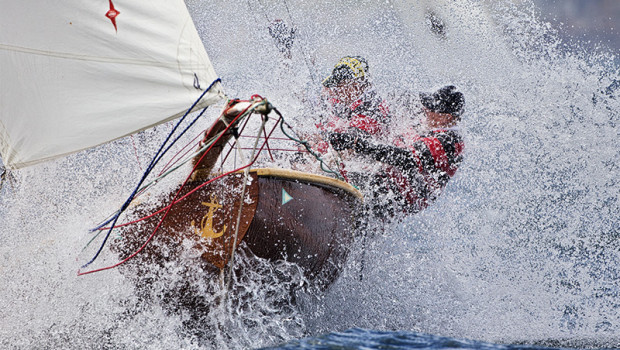


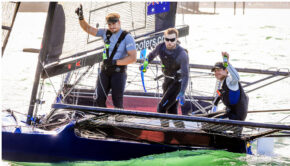
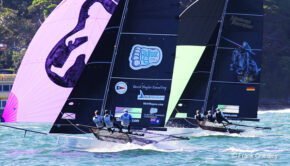
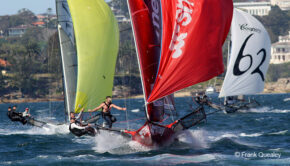
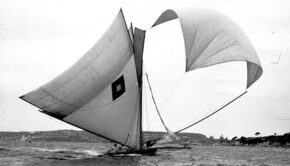
 We’ll keep your information safe.
We’ll keep your information safe.